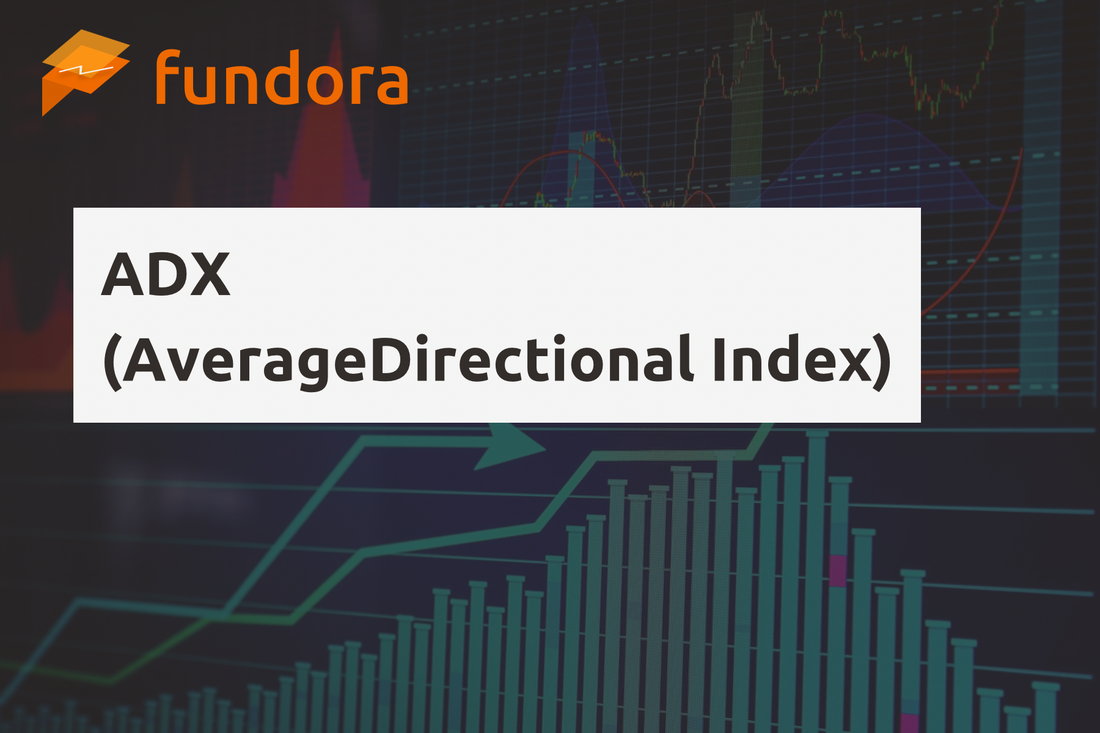
ADX (Average Directional Index)
Share
What is ADX (Average Directional Index)? A Thorough Explanation of the Indicator to Measure Trend Strength
Table of Contents
2. Components and Calculation Overview of ADX
5. Precautions and Limitations
1. Overview of ADX
ADX (Average Directional Index) is a technical indicator used to measure the strength of a market trend. Developed by J. Welles Wilder, the value is displayed in the range of 0 to 100. A characteristic of ADX is that it is used to evaluate the "strength" of a trend, rather than its direction.

2. Components and Calculation Overview of ADX

ADX consists of the following four lines.
- DI+ (Positive Directional Indicator)
- Measures the strength of the uptrend.
- DI- (Negative Directional Indicator)
- Measures the strength of the downtrend.
- ADX Line
- Calculated from the relative movements of DI+ and DI-, representing the strength of the trend.
- ADXR Line
- Measures the amount of ADX fluctuation. Used to confirm the direction of ADX.
Calculation Overview
- DI+ and DI- normalize the difference of their respective directional movements (DM) by the average value.
- ADX is calculated using the absolute value of the difference between DI+ and DI-, smoothed.
3. How to Use ADX
- Judging Trend Strength
- Above 25: Strong trend (Trending market).
- Below 25: Weak trend (Range-bound market).
- Combining with Trend Direction
- If DI+ is above DI-: Uptrend.
- If DI- is above DI+: Downtrend.
- Entry Timing
- When ADX starts to rise, it suggests trend strengthening.
- When ADX starts to fall, it suggests the end or weakening of the trend.
4. Practical Examples
- Strong Uptrend:Consider a buy entry if DI+ is above DI- and ADX is above 25 and rising.
- Weak Range Market:If ADX is below 25 and DI+ and DI- are frequently crossing, avoid trend-following strategies and consider counter-trend or range trading.
5. Precautions and Limitations
- Effective Only in Trending Markets
- Since ADX measures trend strength, its effectiveness decreases in range-bound markets.
- Lagging Nature
- Since ADX is calculated based on historical data, signals may be delayed.
- Usage Alone is Not Recommended
- By combining with other indicators (such as moving averages or RSI), you can improve accuracy.
6. Combining with Other Indicators
・RSI (Relative Strength Index):Analyze trend strength (ADX) and market overbought/oversold conditions (RSI) simultaneously.
・Bollinger Bands:Combine with volatility indicators to confirm trend strength and fluctuation range.
・Moving Average:Complement the strength of the trend with ADX while confirming the trend direction.
7. Summary
ADX is a simple and effective indicator for measuring trend strength. It is particularly useful for determining entry and exit timings in trend-following strategies. However, in range-bound markets, it needs to be combined with other indicators. Even when the trend is not clear, ADX remains an important tool for understanding market conditions.
Master ADX and make advantageous trades as a Fundora professional trader.